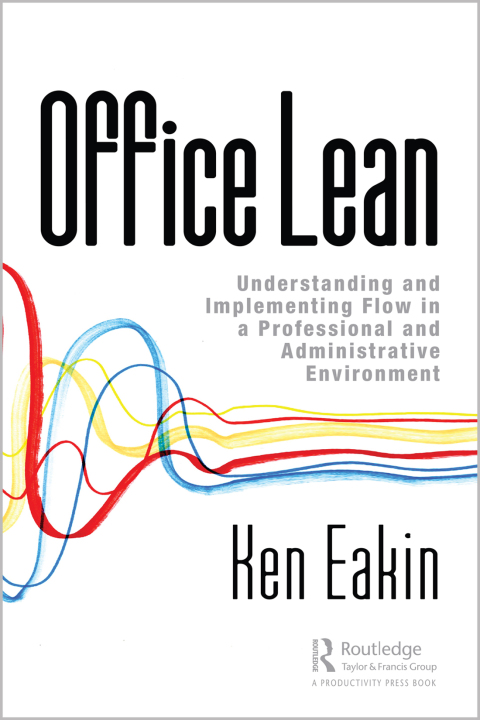Description
Efnisyfirlit
- Cover
- Half-Title
- Title
- Copyright
- Contents
- Preface: Caring for People
- Acknowledgments
- Author
- Introduction: We Don’t Make Widgets
- PART I GRASPING THE SITUATION
- 1 The Legacy of Industrial Management
- Chaos
- Industrial Management
- Compliance Machines
- Three Main Takeaways
- Notes
- 2 Two Types of Efficiency
- The Persistence of Resource Efficiency
- The School of Mass Production
- The Negative Consequences of Resource Efficiency
- Doubling Down
- Busy Does Not Mean Productive
- Flow-ver Dose
- Escaping the Trade-Off
- Three Main Takeaways
- Notes
- 3 Changing the System
- Respect for People
- Information Does Not Create Behavior
- Thinking of Organizations as Systems
- Changing Thinking and Behavior
- Systems Drive Behavior
- Behavior Drives Thinking
- Focus on Flow
- What about Waste?
- The Waste We Cannot See
- Three Main Takeaways
- Notes
- PART II DESIGNING FOR FLOW
- 4 Understanding Flow
- Understanding Flow
- Handoffs
- So How Do I Create Flow?
- Focus on Wait Time
- Compress the Value Stream
- Flow Creates Capacity
- Three Main Takeaways
- Notes
- 5 Busy Does Not Mean Productive
- Activity Is Often Confused for Work
- People Are Not the Problem
- Three Main Takeaways
- Notes
- 6 Design Principle I: Continuity
- Three Main Takeaways
- Notes
- 7 An Accounting Story
- Three Main Takeaways
- Notes
- 8 Design Principle II: Balance
- Bucket Brigades
- Bob the Bottleneck
- Invisible Bottlenecks
- Balance
- Three Main Takeaways
- Notes
- 9 Creating Balance
- People
- Time
- Work
- Dealing with Variation
- Agility
- Three Main Takeaways
- Notes
- 10 The CapCell Experiment
- Three Main Takeaways
- Notes
- 11 The Seven Gates of Hell
- Countermeasures
- Managing Customer Experience
- Managing Variation
- Three Main Takeaways
- Notes
- PART III THINKING BEYOND FLOW
- 12 Prerequisites to Problem Solving
- Step 1: Define Your Customers
- Step 2: Understand Customer Value
- Step 3: Visualize Your Workflow
- Step 4: Create Flow
- Step 5: Solve Problems
- Solving Problems the Slow Way
- Three Main Takeaways
- Notes
- 13 Start with Standards
- Reflection
- Start with Standards
- The Challenge of Standards
- Everyone Hates Standards
- Eight Big Misconceptions about Standards
- Misconception #1: Standards Are Coercive
- Misconception #2: Standards Are Always Very Precise and Detailed
- Misconception #3: Standards Only Apply to Highly Repetitive Work
- Misconception #4: Standards Need to Be Created and Enforced Centrally
- Misconception #5: Standards Kill Creativity
- Misconception #6: Standards Are Not Customer Friendly
- Misconception #7: Measurements Are Not Standards
- Misconception #8: Standards Are Inflexible and Can Rarely Be Changed
- Summary
- Three Main Takeaways
- Notes
- 14 Using Standards to Create Flow
- Three Main Takeaways
- Note
- 15 Lean Thinking and the Digital Age
- So, What Do We Mean by Digital?
- Lean First, Automate Second
- Automation and Continuity
- Three Main Takeaways
- Notes
- 16 Automation and Imbalance
- Three Main Takeaways
- 17 Lean Leadership and Strategy
- Development of People
- Connecting Functions and Systems
- Go See
- T-Shaped Leadership
- Operations Is the Strategy
- Three Main Takeaways
- Notes
- Conclusion: Work Is a Human System
- Appendix: Value Stream, System, and Process: Understanding Three Fundamental Terms
- Index





